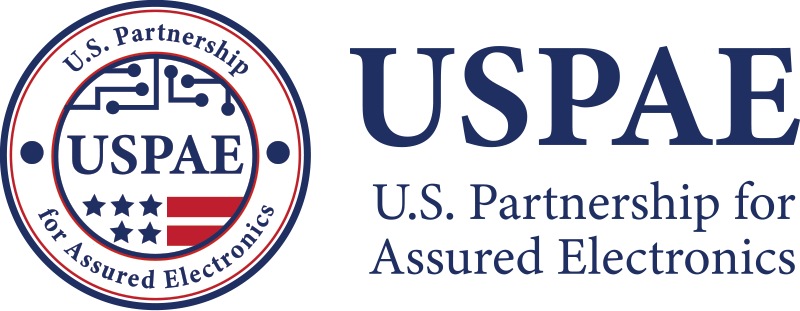 Pb-Free Electronics Risk Management (PERM) Council is a free and open global industry consortium. PERM aims to provide overarching leadership and coordination of government and industry Pb-free electronics risk management activities to leverage the commercial supply chain for the aerospace, defense, and high-performance electronics communities.
Pb-Free Electronics Risk Management (PERM) Council is a free and open global industry consortium. PERM aims to provide overarching leadership and coordination of government and industry Pb-free electronics risk management activities to leverage the commercial supply chain for the aerospace, defense, and high-performance electronics communities.

Mechanical engineering research scientist Dr. Michael Osterman is co-leading a multi-university project that aims to help the DoD assess different types of unleaded solder and determine which ones are best for a given system. Dr. Osterman and his colleagues at Auburn and Purdue Universities are conducting their research under the auspices of the Defense Electronics Consortium (DEC), established by the U.S. Partnership for Assured Electronics (USPAE), with the broad aim of mitigating defense risks created by the contraction of the U.S. electronics manufacturing sector over the last 20 years. Congress has allocated $15 million to the DEC for the first two years, with an additional $25 million expected in 2022 to cover the planned 5 – 7-year project.
 Dr. Osterman made a series of presentations at the 51st PERM meeting, including the introductory project overview identifying the two core objectives. The objectives are to deliver a solder performance specification (per MIL-STD-961 and sufficient for U.S. DoD coordination or equivalent document prepared for industry adoption consideration) that shall be solder alloy agnostic and to develop and deliver a DoD acquisition and sustainment of solder defense products handbook (per MIL-HDBK-967) sufficient for coordination providing clear criteria for solder alloy selection options as well as verification and validation requirements needed within acquisition documentation. It also covered the schedule, budget, and transition plans. Following the introduction, Dr. Osterman made three more briefings on Performance Specification and Use Cases, Tests Plan, and Demonstration.
Dr. Osterman made a series of presentations at the 51st PERM meeting, including the introductory project overview identifying the two core objectives. The objectives are to deliver a solder performance specification (per MIL-STD-961 and sufficient for U.S. DoD coordination or equivalent document prepared for industry adoption consideration) that shall be solder alloy agnostic and to develop and deliver a DoD acquisition and sustainment of solder defense products handbook (per MIL-HDBK-967) sufficient for coordination providing clear criteria for solder alloy selection options as well as verification and validation requirements needed within acquisition documentation. It also covered the schedule, budget, and transition plans. Following the introduction, Dr. Osterman made three more briefings on Performance Specification and Use Cases, Tests Plan, and Demonstration.
The objective of the Performance Specification and Use Cases briefing was to provide a framework in the reliability decision process to allow the selection of solder for electronics assembly. The framework is being developed from a combination of system design parameters, expected conditions of use, and the environments in which the electronics will be used/stored.
The Solder Performance and Reliability Assurance Test Plan detailed the development of a minimum set of tests to quantify solder interconnect performance for defense-based applications, including the development of life/acceleration models, verification and validation of models, and industry demonstration of model development output.
Finally, a call was made for equipment manufacturers to begin discussions on potential industry demonstrators based on the use cases. Industry demonstrators will document the effective use of the Performance Specification and Solder Users Handbook being developed under the SPRA program to qualify a Pb-free solder and serve as a link between SPRA models/data/ analyses and adoption of new materials.
For more information about the presentation and related research, please get in touch with Dr. Michael Osterman
Top